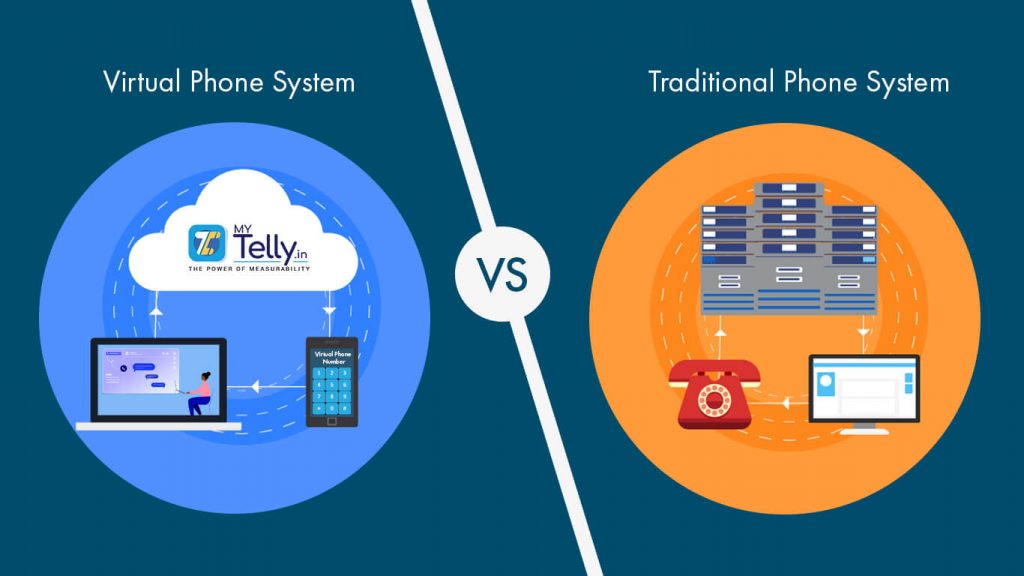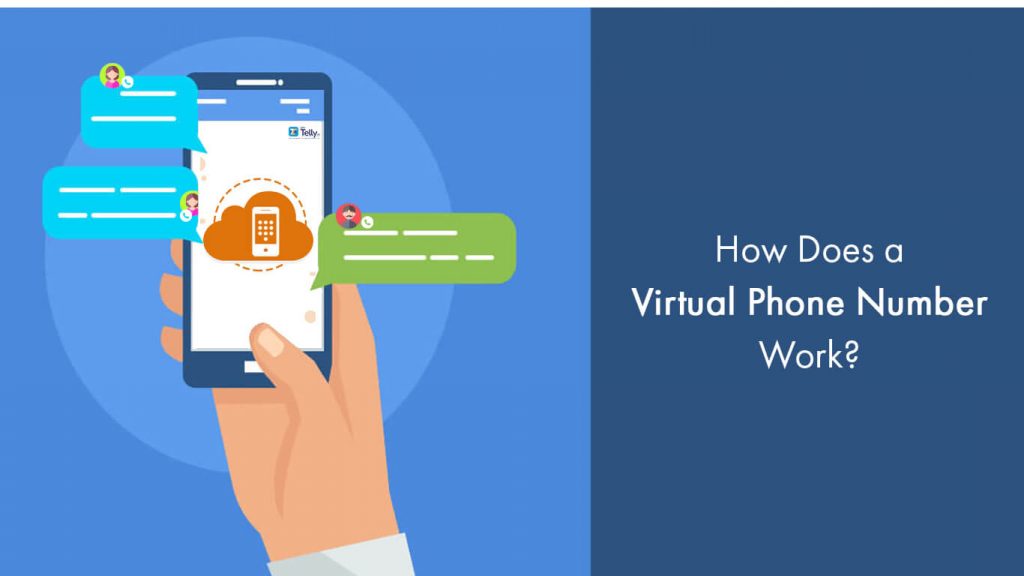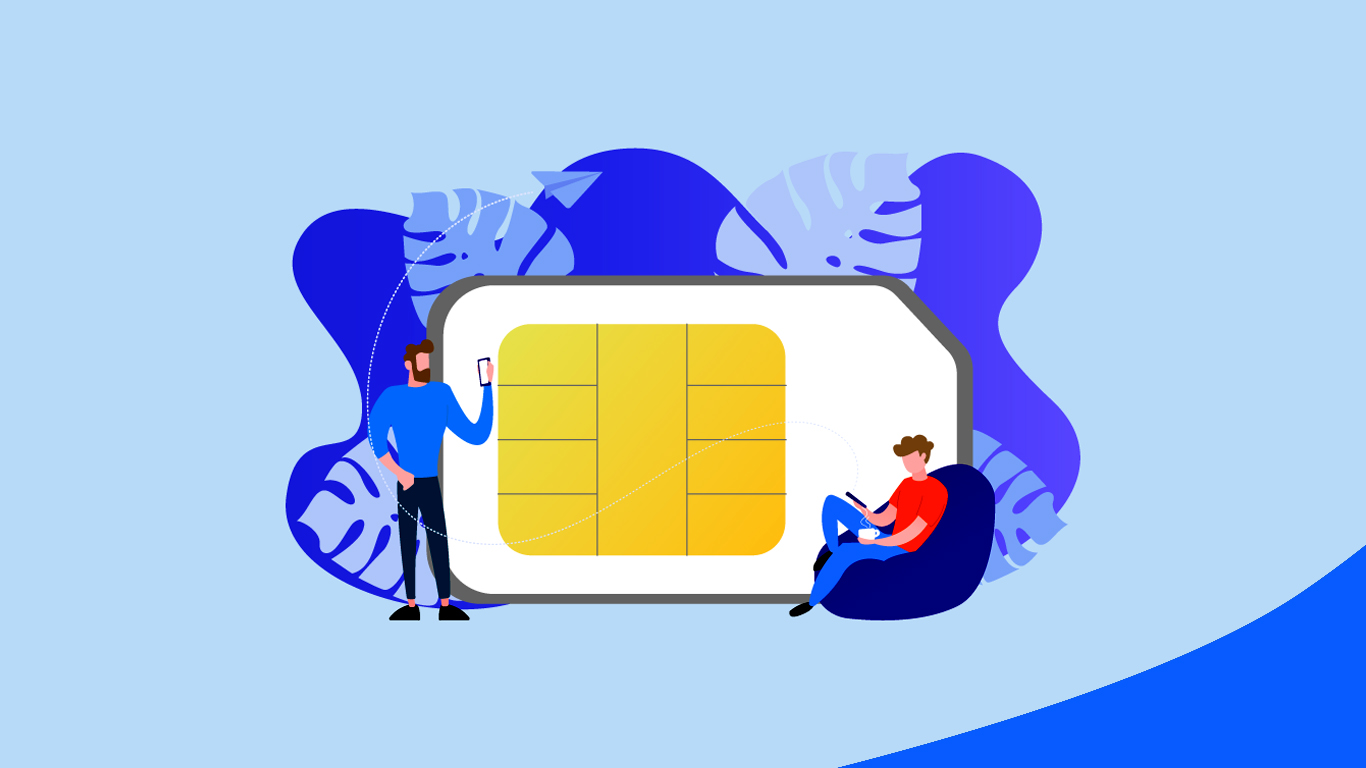Having a reliable phone system during the time where remote work has become the new normal, is the best thing that the employees can own. Good customer service is based on how well your agents communicate with the customers.
Virtual phone numbers exactly offer the functionality that can be used to make the communication between customers and businesses seamless.
Unlike traditional phone systems, virtual numbers are not associated with a phone number but they can offer much more functions than traditional systems. They are equipped to handle limitless parallel calls which you can further monitor to track the performance of your agents.
Now let’s dig deeper to know about the virtual phone number system. How does it work and how can it help in taking your business to the next level?
What is a Virtual Phone Number?
A virtual phone number is a cloud-based number that businesses use for routing incoming customer calls to suitable agents based on customer inquiry.
Setting up a virtual phone system is no big deal, you just need a stable internet connection and you can start right away. Through a virtual phone system, you can receive incoming calls and make outgoing calls on a desktop app, mobile phone, or desk phone.
Traditional vs Virtual Phone System

Virtual phone systems offer advanced features which make the flow of communication much more easy and smooth. To clear this up, below are the ways in which different features are handled in traditional and virtual phone systems.
1. Multiple-participant calls
Virtual phone system
The VOIP system allows you to conduct meetings where any number of participants can join. During the time where office staff is working from home, this feature can prove to be extremely useful for video calls as well.
Traditional system
Although conference calls are possible through landlines, you won’t get the luxury to see each other’s faces on video calls.
2. Live call transfer
Virtual phone system
Live calls are transferred using a unique code that may be entered in any of your devices such as mobile phones, landlines, etc.
Traditional system
The transfer function of the user’s desk phone is used to transfer live calls to other extensions.
3. Mobility
Virtual phone system
It allows the agents to attend calls from anywhere. They just need a stable internet connection and they can assist customers from any part of the world.
Traditional system
Unlike virtual phone systems, traditional systems do not come with this feature as the desk phones aren’t portable enough to be carried anywhere.
4. System setup
Virtual phone system
It usually takes less than 2 hours to set up a virtual system depending on the needs of the business. Plus the user can modify the settings of the system through the online dashboard.
Traditional system
The process of setting up landlines can be time-consuming and expensive as it involves a bunch of wires and hardware equipment.
How Does a virtual phone number work?

When customers call on your virtual number, the call gets forwarded to your agent’s mobile number or office telephone number.
Virtual numbers work with voice over internet protocol (VoIP) systems that take voice signals, convert them to digital signals, and send them over web lines. This makes it possible to send sound and video over the web.
VOIP providers set up a massive network of data centers so that in case of harsh weather conditions, servers can automatically switch to them.
To Wrap Up!
The pandemic has completely changed the way we work. Today we need a reliable virtual phone number system that can be used from anywhere to deliver efficient customer service.
My telly’s virtual number solutions will provide your business with an efficient communication platform that will help you get rid of your confined telephone lines.
To know more, reach out to our customer service team today!





